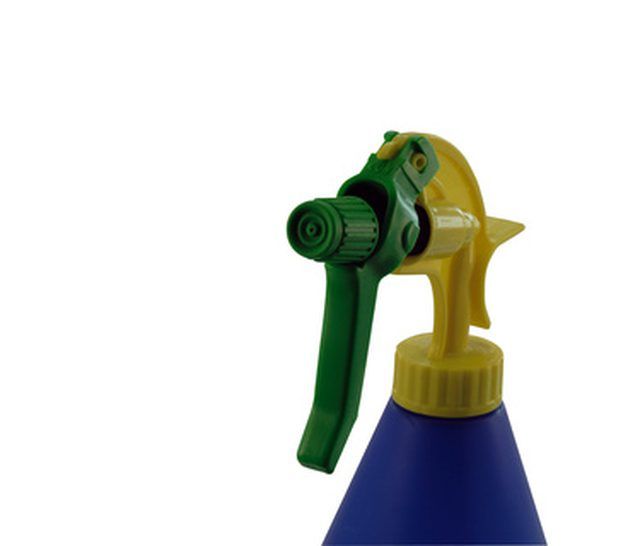Bulbs
Flower Basics
Flower Beds & Specialty Gardens
Flower Garden
Garden Furniture
Garden Gnomes
Garden Seeds
Garden Sheds
Garden Statues
Garden Tools & Supplies
Gardening Basics
Green & Organic
Groundcovers & Vines
Growing Annuals
Growing Basil
Growing Beans
Growing Berries
Growing Blueberries
Growing Cactus
Growing Corn
Growing Cotton
Growing Edibles
Growing Flowers
Growing Garlic
Growing Grapes
Growing Grass
Growing Herbs
Growing Jasmine
Growing Mint
Growing Mushrooms
Orchids
Growing Peanuts
Growing Perennials
Growing Plants
Growing Rosemary
Growing Roses
Growing Strawberries
Growing Sunflowers
Growing Thyme
Growing Tomatoes
Growing Tulips
Growing Vegetables
Herb Basics
Herb Garden
Indoor Growing
Landscaping Basics
Landscaping Patios
Landscaping Plants
Landscaping Shrubs
Landscaping Trees
Landscaping Walks & Pathways
Lawn Basics
Lawn Maintenance
Lawn Mowers
Lawn Ornaments
Lawn Planting
Lawn Tools
Outdoor Growing
Overall Landscape Planning
Pests, Weeds & Problems
Plant Basics
Rock Garden
Rose Garden
Shrubs
Soil
Specialty Gardens
Trees
Vegetable Garden
Yard Maintenance
Crimson King Maple Problems
Crimson King Maple Problems. The Crimson King maple is a cultivated variety of the Norway maple tree. Its characteristics are flat, circular seeds, large pointed leaves and sap-filled shoots and leaves. It is a tall tree and offers a large amount of shade.
The Crimson King maple is a cultivated variety of the Norway maple tree. Its characteristics are flat, circular seeds, large pointed leaves and sap-filled shoots and leaves. It is a tall tree and offers a large amount of shade.
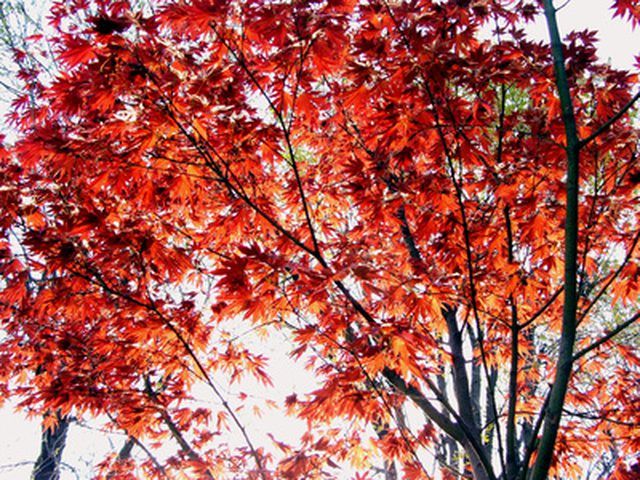
The Crimson King maple originates from Central and Eastern Europe and Southwest Asia. It has also been cultivated in many other areas, including Northwest of its native European range (such as in Tromso, Norway) and in North America, where it is commonly grown for its shade and to line streets. Its tall trunk and hardiness make it a popular choice there, as it is highly tolerant of the poor soil conditions and pollution often found in urban areas.
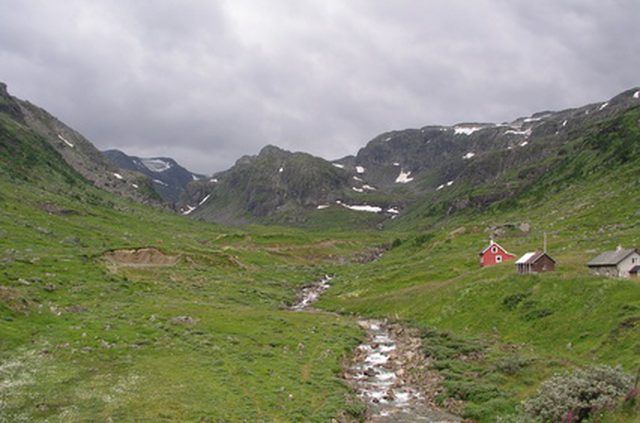
The Crimson King maple can reach a height of 45 feet and spreads between 25 and 30 feet. It is popular for its summer foliage in purple-green shades. In the fall the leaves turn brown, bronze or maroon before dropping off. In the springtime the leaf crown fills with yellow and maroon flowers. The Crimson King maple has a shallow root network and dense shade. Mowing under the tree can be difficult due to the shallow roots.
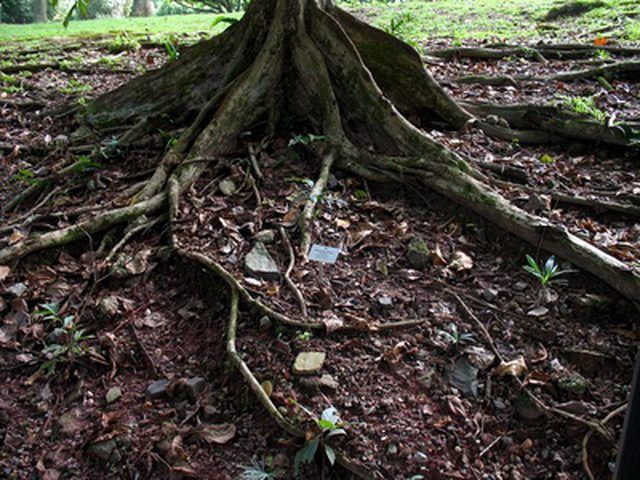
The Crimson King maple is susceptible to verticillium wilt, which causes branches to wilt and die. It is not always possible to spot the infection as sapwood staining (sometimes patches of dark or olive green) may not be obvious. Another problem is girdling of roots around the trunk base, which gradually chokes the tree and can be fatal. Leaf scorch is also a common issue, which takes place when weather conditions are hot and windy, or the tree does not get enough water.
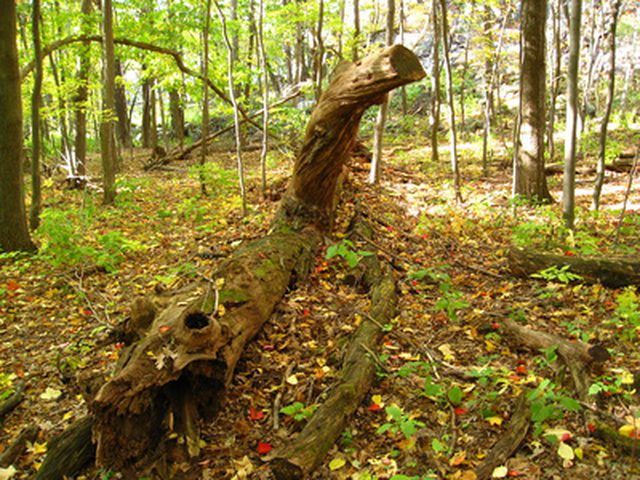
Crimson King maple trees can become infected by aphids, soft-bodied insects that suck the sap of the stems and leaves. Serious infestation can cause the leaves to drop. Another occasional problem is scale, most commonly cottony maple scale, named after the cotton-like mass formed by the insect on the underside of the branches. A Crimson King maple tree that is not thriving can also suffer from borers.
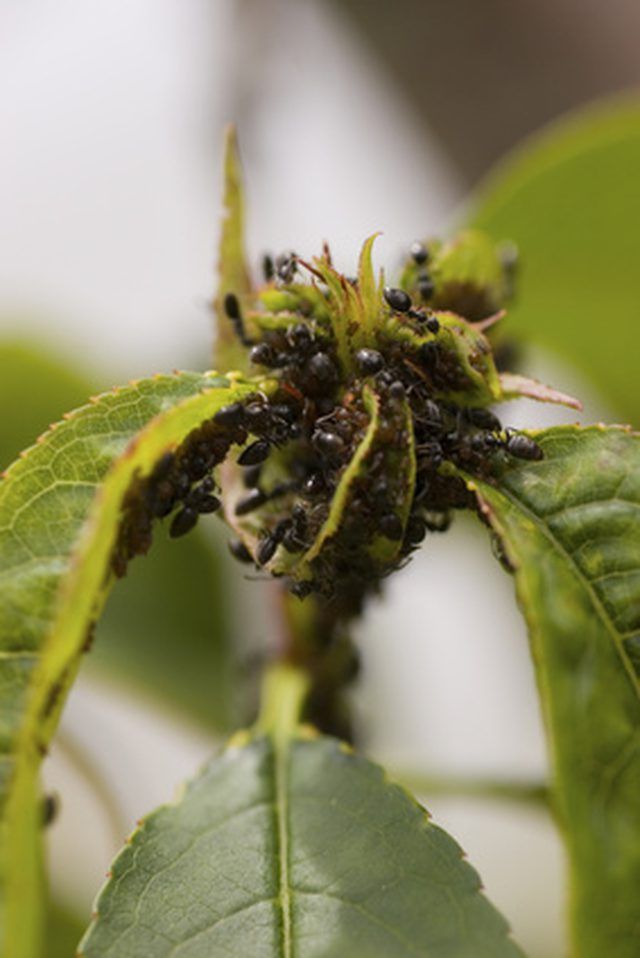
If the Crimson King maple is seriously infected, it probably cannot be saved. If the tree is only lightly infected, fertilizing with a high nitrogen fertilizer and pruning may revive it. The removal of girdling roots can be harmful to the tree as the roots are functional, and should be followed up with fertilization. Watering will help scorched trees, provided this is not due to a diseased root network. The best solution for aphids is spraying; alternatively, predatory insects may sort the problem out for you. Horticultural oil sprays control scales. Keeping the tree healthy will help control borers: Identification and proper application of insecticides are key.
